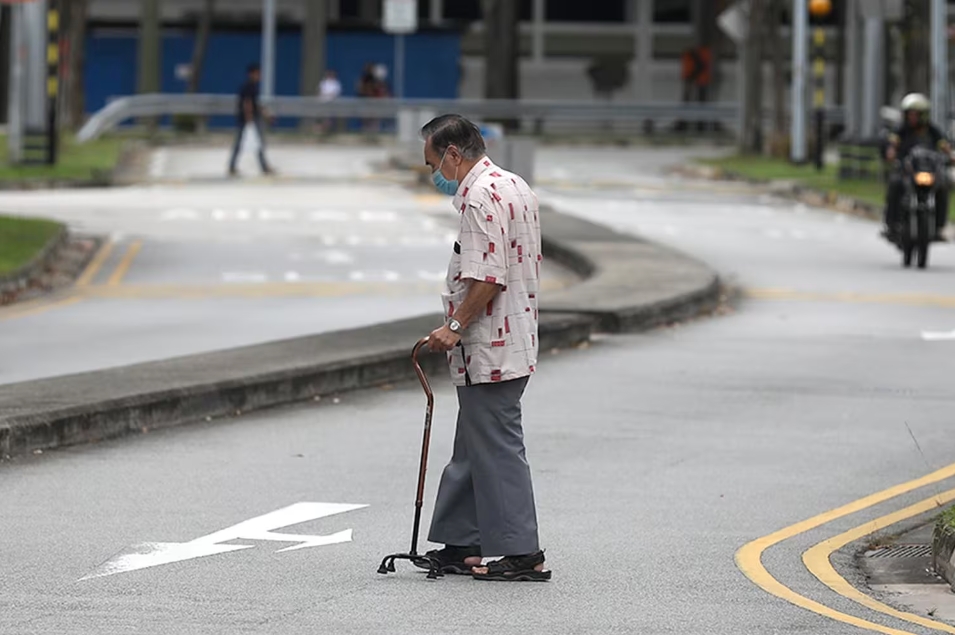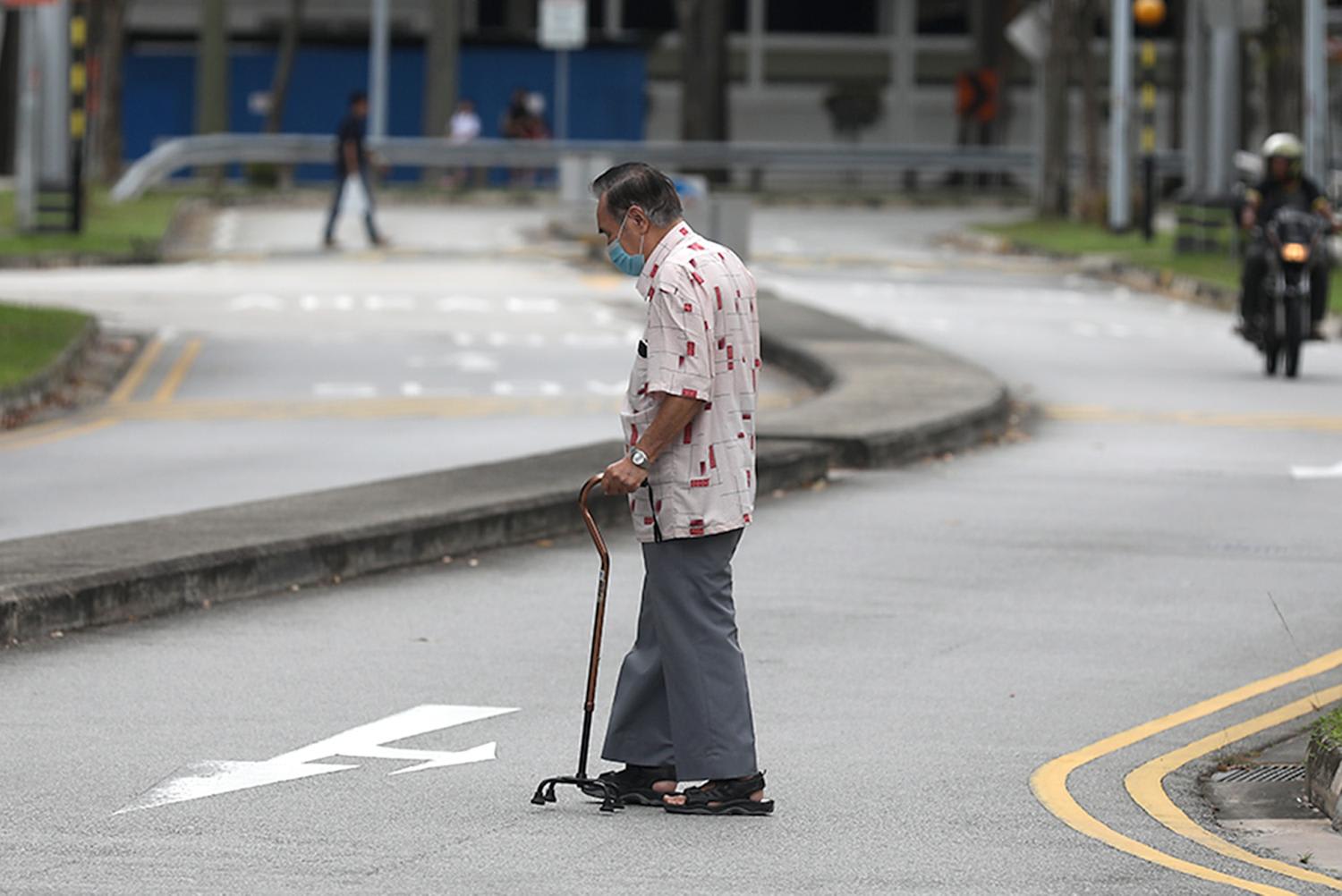
 i_need_contribute
i_need_contribute
Singapore is one of six Blue Zones for its above-average life expectancy — attributed to a strong healthcare system and effective urban planning. However, as Singapore’s population ages rapidly, it faces growing complexity in healthcare needs, marked by a rise in chronic conditions and higher demand for health services.
These changes have prompted a strategic shift in Singapore’s healthcare approach through the Healthier SG initiative, which focuses on preventive health and better management of chronic illnesses.
One potentially strong proposition to support this shift is integrating traditional Chinese medicine (TCM) modalities into our nationwide healthcare strategy to complement Western medicine. Situated at the intersection of the East and West, Singapore, with its melting pot of culture and traditions, is uniquely positioned to integrate this innovative approach.
Health Minister Ong Ye Kung said in 2022 that about half of Singaporeans have seen a TCM practitioner in the past. The Ministry of Health (MOH) has already expressed interest in integrating TCM in support of Healthier SG’s preventive care strategy, as it works with the TCM community on enhancing clinical training and improving career development.
TCM and Western medicine may seem like conflicting approaches at first glance, but there are many ways they can complement each other, creating a holistic approach that befits Singapore’s current health landscape and safeguards our future.
Despite having one of the world’s longest life expectancies at 83, Singaporeans still suffer, on average, 10 years of ill health as they become more prone to chronic diseases such as high blood pressure, diabetes and cancer.

According to Singapore’s Health Promotion Board (HPB), one in four Singaporeans aged 40 years and above has at least one chronic disease.
 Nuria Ling/TODAY
Nuria Ling/TODAY
According to Singapore’s Health Promotion Board (HPB), one in four Singaporeans aged 40 years and above has at least one chronic disease.
Poorly managed chronic diseases can often lead to severe complications. However, many people, especially seniors, tend not to seek medical help until symptoms get serious or unbearable.
As it is becoming more common for Singaporeans to turn to TCM as their first port of call when they first experience symptoms of illness, integrating TCM into our general healthcare approach can help older people access additional treatment options.
Our data at Eu Yan Sang also shows a shift in demographics, with those under 40 making up over 50 per cent of our clinic patients today.
As of 2023, millennials represented more than 30 per cent of our patients’ profile, followed by Gen Xers and baby boomers. Clearly, interest in TCM is growing among the younger generations.
Research shows that younger people today are more proactive about their health — and having more access to information enables them to make more informed choices and take ownership of their well-being.
Online content, workshops, and the ease and convenience of booking consultation services through websites and mobile apps have helped widen and modernise the appeal of TCM for younger demographics.
The World Health Organization (WHO) in 2019 identified acupuncture as the most globally common form of traditional medicine practice, and in 2021 released a set of benchmarks to promote its safe and effective use as part of healthcare.
WHO in 2023 also affirmed the importance of traditional medicine in strengthening primary healthcare and providing more equitable access.
The World Health Organization in 2023 affirmed the importance of traditional medicine in strengthening primary healthcare and providing more equitable access.
Western medicine typically focuses on diagnosing and treating specific diseases and symptoms.
Amid rising healthcare costs and affordability gaps in treatment options, TCM’s focus on proactive healthcare — achieving balance and improving disease prevention — can complement existing conventional treatments for chronic conditions, particularly for pain management, rehabilitative care, and step-down care.
TCM can also help patients improve their condition before the onset of illnesses, such as undergoing acupuncture to relieve immediate gastrointestinal symptoms and nausea or to decrease phlegm and coughing.
However, integrating varying East and West approaches to build a more robust healthcare system is no easy feat. It is essential to build a network of family doctors and community partners, including TCM clinics, to strengthen health at the community level. When it comes to preventive care and maintenance, this could also mean exploring cross-referrals between TCM physicians and general practitioners.
One example of how both approaches can work in tandem is in the case of a patient with pre-existing hypertension and diabetes who sought TCM consultation for a sprained ankle at Eu Yan Sang’s One Wellness Clinic.
The TCM physician noted a potential skin condition on the patient’s feet and immediately referred her to a primary care doctor, who assessed her blood sugar levels and helped with blood pressure management, which took care of the skin issue. Once this was resolved, the patient continued follow-up TCM treatments to manage her diabetes and blood pressure and also relieve her sprained ankle.
While TCM has significantly evolved to embrace evidence-based claims where appropriate, for it to play a vital role in shaping the future of patient-centred care, research protocols and practice guidelines will need to be further solidified, especially in complementary knowledge.
It is essential to build a network of family doctors and community partners, including TCM clinics, to strengthen health at the community level, says the author.
This includes scaling up on intensive scientific research and data to prove the efficacy of TCM, thereby helping the public make assured, informed decisions about such treatments.
We must also equip the next generation of healthcare providers — in both Western and TCM fields — with complementary knowledge in both domains. Nanyang Technological University is also introducing the first locally conferred TCM undergraduate degree programme accredited by the MOH Traditional Chinese Medicine Practitioners Board.
Instituting best practices for TCM professionals and helping to open doors for career progression can also encourage more to join the profession, contributing towards safeguarding talent pipelines.
By building an integrated healthcare system combining the strengths of Western medicine and traditional modalities to tackle the growing challenges of healthcare today, we can lay the ground to build healthier, resilient communities in Singapore’s population.